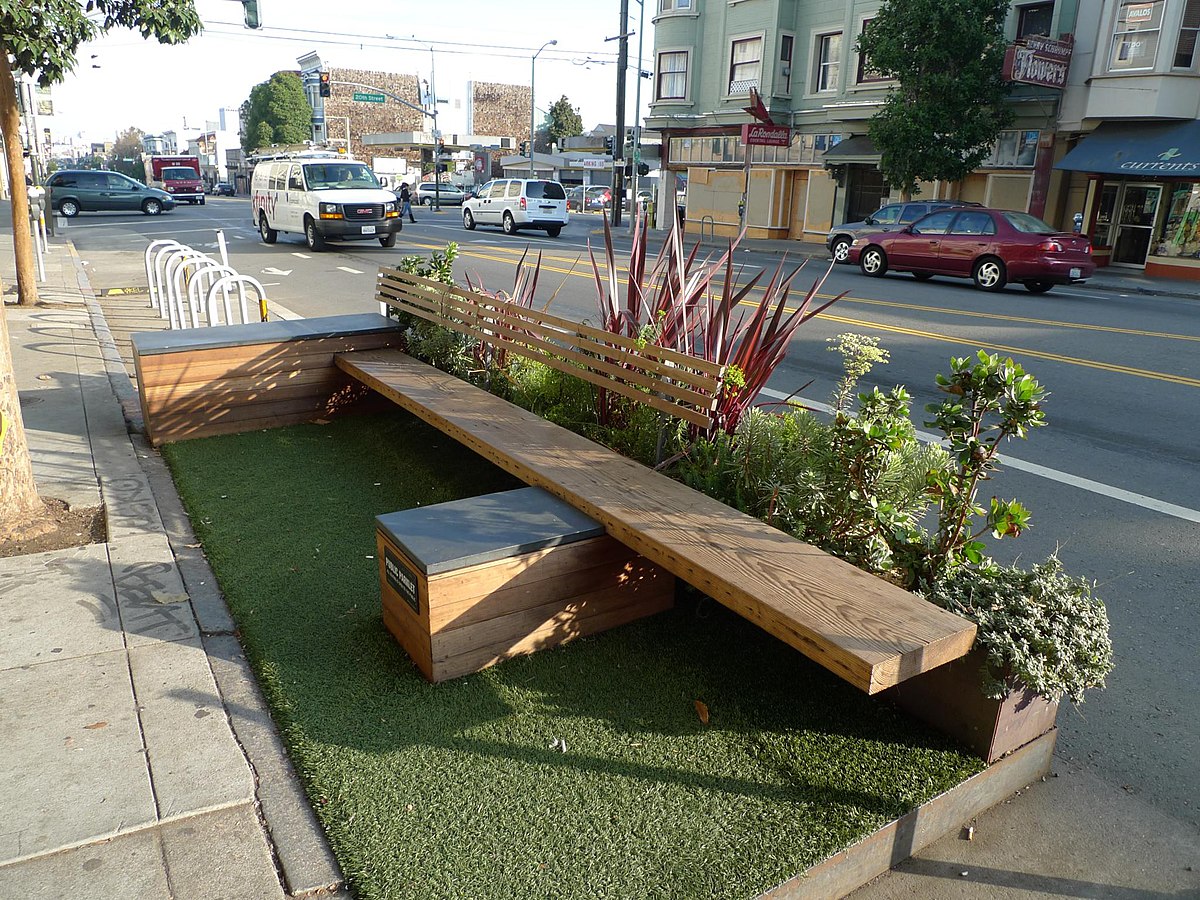Last edited:
You are using an out of date browser. It may not display this or other websites correctly.
You should upgrade or use an alternative browser.
You should upgrade or use an alternative browser.
The Official Coli International Infrastructure/Public works appreciation/unappreciation thread.
- Thread starter bnew
- Start date
More options
Who Replied?great article accompanied with animated illustrations.

When Cars Kill
A boy’s death launches a movement to end pedestrian and cyclist fatalities in New York City and beyond.
Last edited:

Stoops for New York’s Open Streets
Soon, New Yorkers could have a new way to sit and socialize on New York's open streets: Stoops.
www.nytimes.com

São Paulo City Hall announces the installation of an exclusive lane for motorcycles on Avenida 23 de Maio - Then24
The intention is that the stretch is between two lanes for cars, no longer 'in the corner' of the avenue as in previous experiences Oswaldo Corneti /
 then24.com
then24.com

São Paulo converts parking spaces into mini-parks
05 June 2014
by Richard Forster
How street space is allocated can send a powerful signal about a city’s priorities and São Paulo, Brazil is making the statement that the city is for pedestrians, by introducing parklets, which are small footpath extensions or green spaces built on former on-street parking spaces.
“It [a parklet] is an extension of the sidewalk that gives pedestrians and cyclists an area to occupy and use, and that will allow for a better city,” said Mayor of São Paulo, Fernando Haddad, who inaugurated the policy with a new parklet replacing several parking spaces at a highly visible downtown intersection, in the popular Jardins neighbourhood.
The parklets programme fits in perfectly with São Paulo’s attempts to promote a friendlier pedestrian environment, and involves replacing a parking space or two with a new public area. Parklets can incorporate benches, chairs, tables, trees, and bike racks for the public to use and enjoy.
The first parklets were built in San Francisco in 2010, and the idea has spread around the world. In São Paulo, the city experimented with removing parking spaces for parklets on several occasions, including through pilot programmes and on the annual International Parking Day, but these have previously always been temporary. The formalisation of the programme makes room for permanent parklets and proves São Paulo’s commitment to pedestrians and public space.
Under the new policy, any private citizen can sponsor a parklet. Rails or barriers protect the users from cars on the street, and parklets are not allowed in bus or bike lanes.
“We’re all very excited about the new parklets programme,” said Clarisse Linke, Director at the Institute for Transportation and Development Policy in Brazil . “It is a huge statement that São Paulo wants to be a better city for people. This law provides new places for Paulistas to interact with the city and shows that São Paulo is moving in the right direction.”
ITDP Brazil works closely with both São Paulo and Rio de Janeiro to promote pedestrian improvements and the conversion of unattractive and often underused spaces in the street into publicly accessible open spaces available for all citizens to enjoy.




Parklet - Wikipedia
 en.wikipedia.org
en.wikipedia.org

São Paulo City Hall announces the installation of an exclusive lane for motorcycles on Avenida 23 de Maio - Then24
The intention is that the stretch is between two lanes for cars, no longer 'in the corner' of the avenue as in previous experiences Oswaldo Corneti /
 then24.com
then24.com
São Paulo City Hall announces the installation of an exclusive lane for motorcycles on Avenida 23 de Maio
São Paulo City Hall announces the installation of an exclusive lane for motorcycles on Avenida 23 de Maio
- Post author: The News 24
- Post published: January 10, 2022
The intention is that the stretch is between two lanes for cars, no longer ‘in the corner’ of the avenue as in previous experiences
Oswaldo Corneti / Public Photos
Slow traffic in both directions on Avenida 23 de Maio. The city hall suspended the rotation of vehicles this afternoon (20/05), due to the strike of drivers and collectors that started today. In the photo, runway towards the airport.
A city Hall from São Paulo announced this Monday, 10th, the installation of an exclusive lane for motorcycles in May 23rd Avenue. The motorcycle lane will work in the direction of Santana/Aeroporto, between Praça da Bandeira and the João Jorge Saad road complex, with a demarcation between lanes 1 and 2 of the cars, and is already in the process of installation.
The new motorcycle lane meets a request from motorcyclists and repeats previous attempts, which did not work and were undone by the city hall. The difference is that the new lane will be painted blue, making it more visible to drivers, and will be between two lanes, no longer in a corner of the avenue. According to the mayor’s administration Ricardo Nunes (MDB), the intention is to ‘humanize and pacify traffic’, so that, at the busiest times, motorcycles can travel with ‘more discipline, in a safe and conscious way and without altering the existing dynamics on the road’. Previous attempts to create motorcycle tracks took place in 2006, on Avenida Sumaré, and in 2010, on Avenida Vergueiro and Avenida Liberdade. The first was deactivated in 2013 and the second in 2014, both by the Fernando Haddad management, after an increase in accidents on the roads was observed.


Vereador quer faixas exclusivas para motos no Rio - Diário do Rio de Janeiro
Projeto de lei do parlamentar Vitor Hugo (MDB) visa instituir trechos somente para motocicletas nas principais vias de circulação do Município


World’s first 3D-printed steel bridge debuts in Amsterdam’s Red Light District
The world's first 3D-printed steel bridge now spans a canal in Amsterdam. The 6-ton MX3DB Smart Bridge will now remain in place for two years
